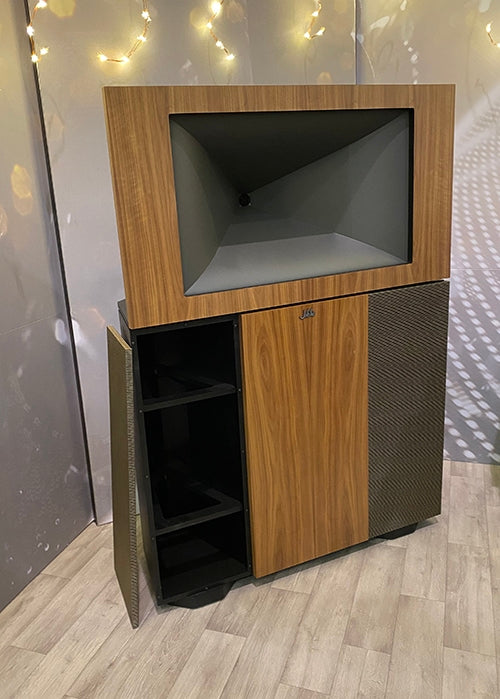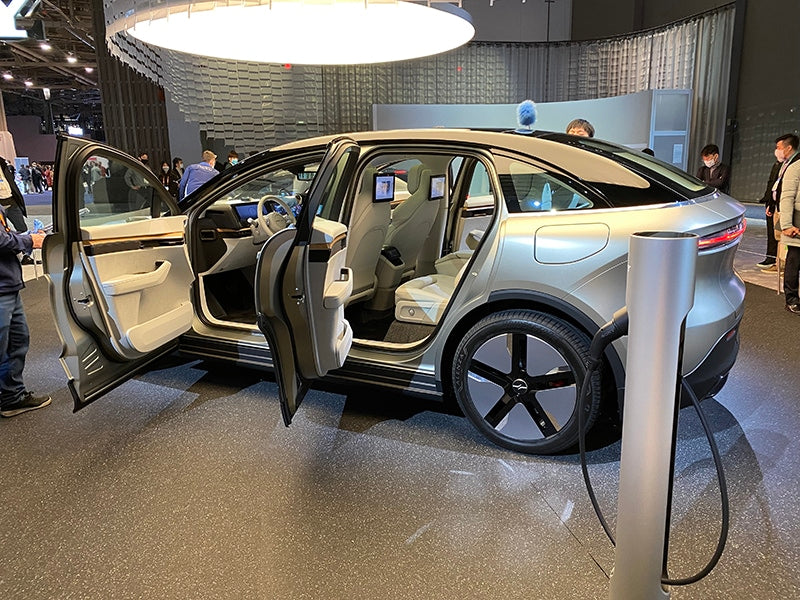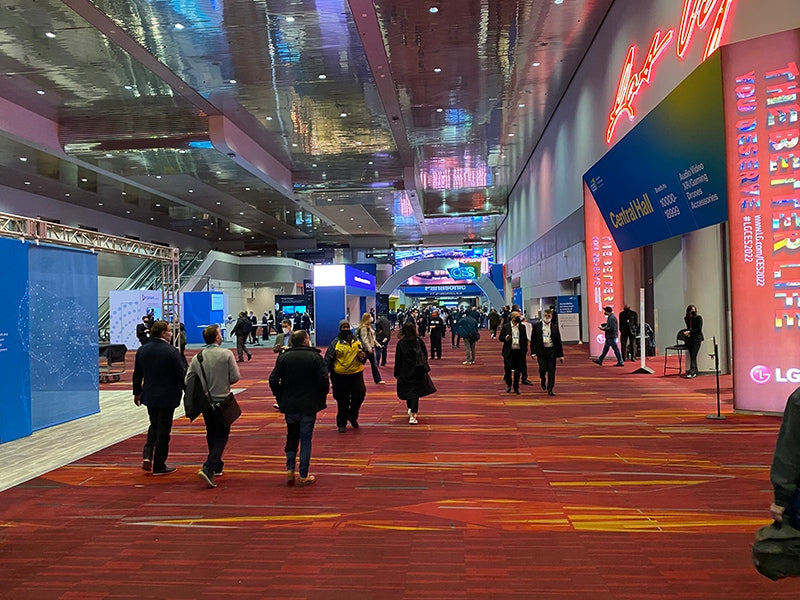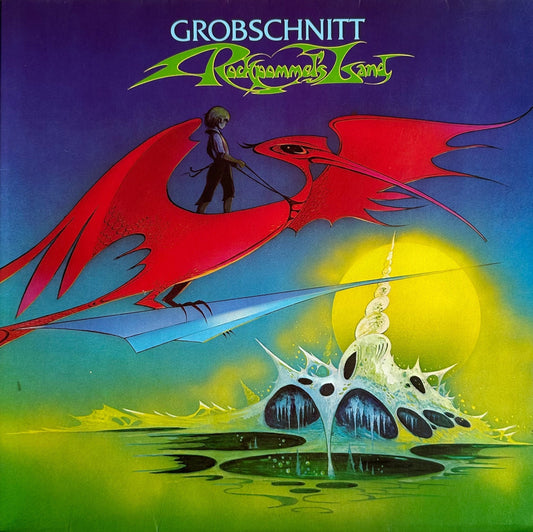
These buses are normally filled to capacity, and with a queue to get on them. Once you get in line, it usually takes two to three buses being loaded with people before you finally get to board. This time, not only did I walk on, I was able to sit in the back of the bus with many empty rows between myself and the other passengers. It was not one of the first buses to the show and the crowd may have been much less because of that, but this was the first time I was not on a CES shuttle that was filled to capacity or had a long wait before boarding. Once I got to the Las Vegas Convention Center it was more of the same.
Though the halls and show floor showed some signs of life, it was a far cry from the bustling and packed shows of the past, where it was wall-to-wall people and the aisles were something akin to a slow-moving Los Angeles traffic jam. LG and Panasonic usually have large booths filled with innovative products.
However, both of them pulled out of the show this year – Panasonic at the last minute. The latter did put their space to some good use for attendees by placing tables and comfortable chairs there, along with facilities for charging electronic devices.
 The Panasonic exhibit.
The Panasonic exhibit.
A brighter spot for audio fans was the VOXX International booth. VOXX is a conglomerate that includes many different audio companies, including Jamo, Klipsch, Onkyo and Pioneer, among others. The hallway leading into their booth had displays with photographs with some of these companies’ founding fathers, with information telling their stories and contributions to audio. Paul W. Klipsch was a colorful figure well-known to those steeped in audio lore, but some others, such as Takeshi Godai of Onkyo, George Baker of Energy (loudspeakers) and Rainer Haas of Magnat (plasma tweeters, and loudspeakers) are not as synonymous with the companies they founded and it was enlightening to learn more about them.

Speaking of Paul W. Klipsch, the highlight of the VOXX booth was undoubtedly the Klipsch Jubilee speaker. The Jubilee is a further development of the famous Klipschorn, a seminal audio product that is renowned for its efficiency, dynamic sound, unique style, and required corner placement. The Jubilee is a two-way design using a corner horn for the bass, and the Klipsch representative mentioned the stunning 108 dB (1 watt/1 meter) sensitivity – and $36,000 per pair price. Also on display were the Klipsch Forte IV speakers from their
Heritage line, plus a variety of Onkyo and Pioneer receivers, and personal audio products from all the brands marketed by VOXX.
 The new Klipsch Jubilee loudspeaker.
The new Klipsch Jubilee loudspeaker.TCL has become a popular enthusiast brand for their high-performance, high-value Roku and Google-enabled QLED televisions. TCL is expanding their offerings in the extra-large screen space with their aptly-named XL Collection.
Particularly noteworthy is the 98-inch Class XL QLED TV model 98R754, selling for $7,999.99. This is an attractive price for a flat-panel television almost 100 inches (!) in size. It is hard to evaluate picture quality in show conditions, but what I saw looked promising.
 TCL's striking QLED TV.
TCL's striking QLED TV.Audio and media rooms can get dusty, and accordingly TCL’s Breeva line of smart air purifiers may be of interest to A/V fans as well. The top-of-the-line Breeva A5 is only $199.99 and features five filtration modes and a timer among its plethora of features. I plan on reviewing one in my own media room soon.
Samsung’s star of the show was their new Freestyle projector, a portable 1080p LED projector that has built-in omnidirectional sound and can even access streaming apps. The Freestyle resembles a small coffee can on a swivel stand that can also be mounted in light sockets (with an adapter). Numerous booth displays showed off its capabilities by projecting on a desktop, a kitchen table and even the wall of a tent. The Freestyle is available now for $899.99.
 Screen saver: Samsung's Freestyle projector can show images on many different surfaces.
Screen saver: Samsung's Freestyle projector can show images on many different surfaces.Sony made a big splash not with televisions or audio gear, but with two electric cars displayed under the Vision-S name. I remarked to one of the Sony booth representatives that I did not know Sony was going to make electric cars, and his response was, “neither did we, until yesterday.” Little info was provided about the cars’ price, range, or availability. The representatives also said they did not know how they would be marketed in the US, be it through a traditional dealer network, factory stores like Tesla, or online. The cars themselves were very attractive and, viewed from a distance, the interiors seemed to be a nice compromise between a traditional automobile with an instrument cluster and conventional controls and the modern minimalism of a Tesla Model 3. More details about Sony Mobility and the Vision-S automobiles should be available this spring.

 Start ups: Sony's Vision-S electric cars.
Start ups: Sony's Vision-S electric cars.Onward to The Venetian Having seen the major players exhibiting on the Convention Center show floor, I headed over to the towers of The Venetian hotel, the traditional home of high-performance audio at CES. At the last CES (in 2020; CES 2021 was virtual only) there was grumbling from high-end audio exhibitors that the 2020 show would be their last. Frequent complaints included the quality of attendees (fewer press and dealers were attending), the cost of participating and exhibiting, and the show’s transitioning away from home entertainment and towards smart home, the Internet of Things (IoT), mobile devices, and other technologies. Shows such as Rocky Mountain Audio Fest (now defunct), CEDIA and Capitol Audio Fest offer a chance to reach more of their intended audience, for less money. If high-end audio exhibitors were already heading towards the door, the pandemic got them through it and out in a hurry. Normally there are three floors of audio exhibits at The Venetian, with each floor having three wings and with most every room or suite occupied. This year, I counted only three A/V exhibitors in the entire Venetian Tower. There may have been more there, but I did not see their names on the signage placed near the elevators. JVC/KENWOOD was their showing off their always-impressive JVC D-ILA video projectors. They usually have the best image quality of any company demonstrating projectors at the show, and this year their demo was as impressive as ever. If you are building a cost-no-object home theater, in my opinion this is the projector to get. SVS had two suites filled with subwoofers, stereo speakers, amplifiers and home theater systems. Vice President Nick Brown gave me a tour and proudly pointed out their CES 2022 Innovation award for their Prime Wireless Pro powered speakers. SoundPath speaker cables and interconnects were also displayed, and I can vouch for their quality, as I use them in my own system. Accessory manufacturer Austere also had a suite with their power conditioning solutions, cables, and cleaning accessories. I spoke with Austere founder Deena Ghazarian after the show and she reported a positive experience, as the low attendance allowed them to have quality conversations with those that stopped by, and they were able to reach more people than they usually did. This was a rare endorsement of CES coming from an audio products manufacturer this year.
Closing Thoughts It is likely that the sparsely-attended CES 2022 will prove to be an outlier, due to the many companies pulling out because of the rapid spread of the Omicron variant of COVID-19. As an audio fan as well as a writer covering the industry, it is my hope that one day audio will return to the show in force as it was years ago. My first CES was in 2004, and the audio exhibits were located at the Alexis Park Resort, off the strip. The suites were full of audiophiles enjoying and discussing the products and the companionship of like-minded others, and the exhibitors were a who’s who of audio companies, from mid-fi to the highest of the high end. However, I was told by an industry insider that the changes to the show, as well as the costs of Las Vegas in general, mean that a bustling audio segment of the show is truly gone for good. Still, I am holding out hope. Thirty years ago, no one foresaw the vinyl renaissance and LPs outselling CDs in 2021. Perhaps there can be a renaissance for audio at CES one day, as well.
 One of the SVS suites. The Venetian was packed with rooms like this, and people in them, in years past. What will the future hold?
One of the SVS suites. The Venetian was packed with rooms like this, and people in them, in years past. What will the future hold?


